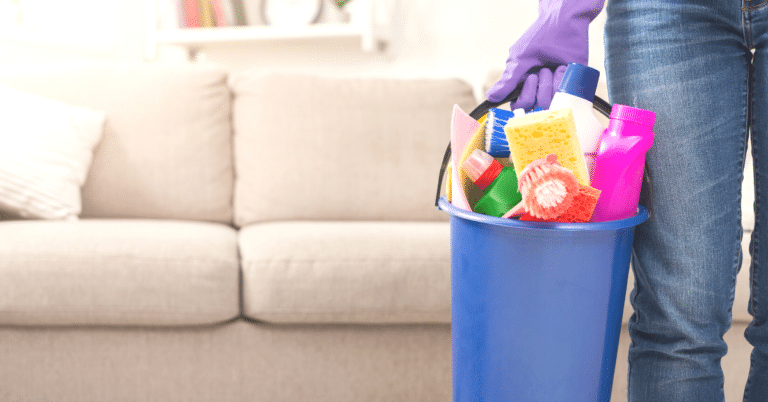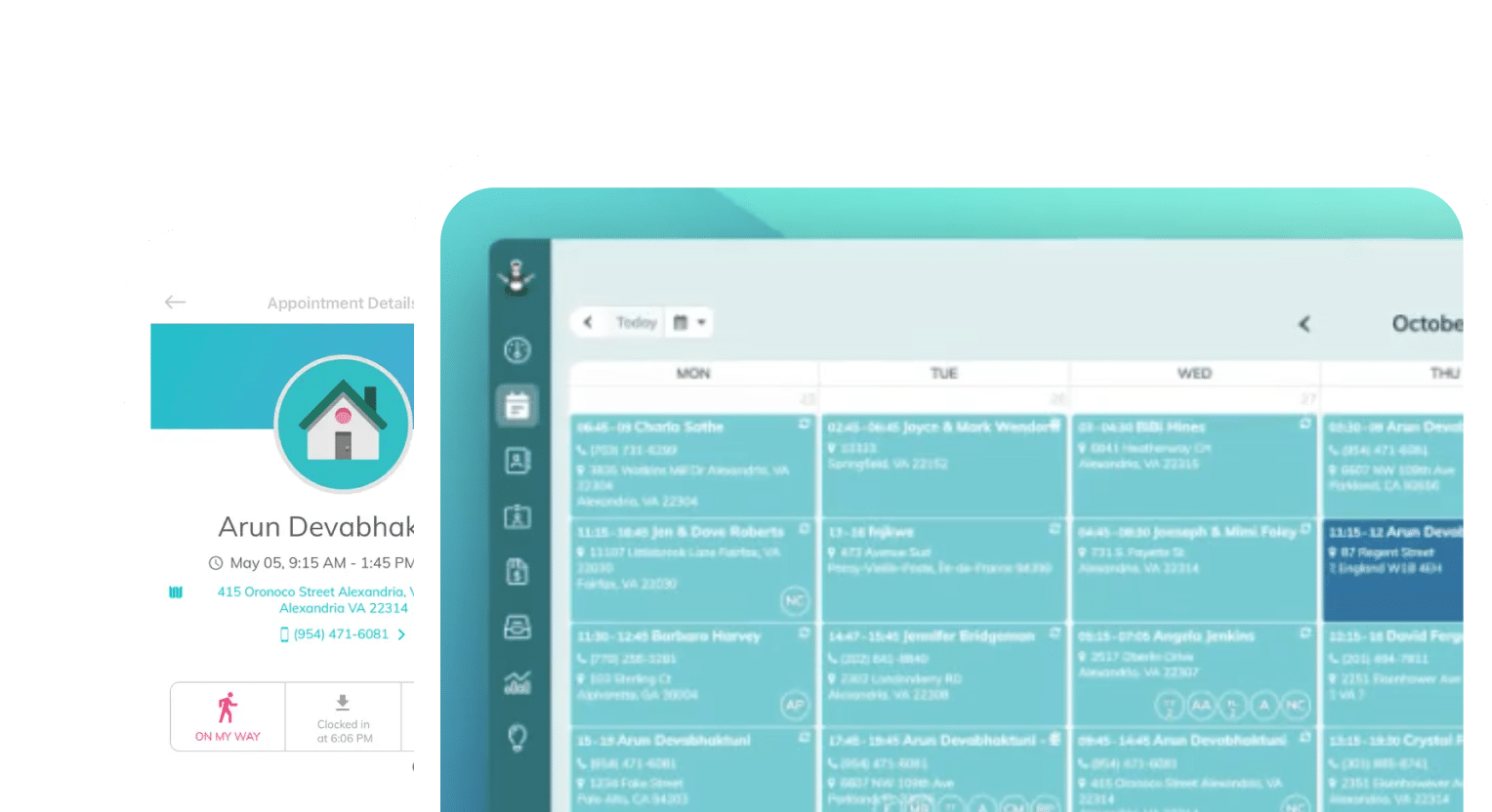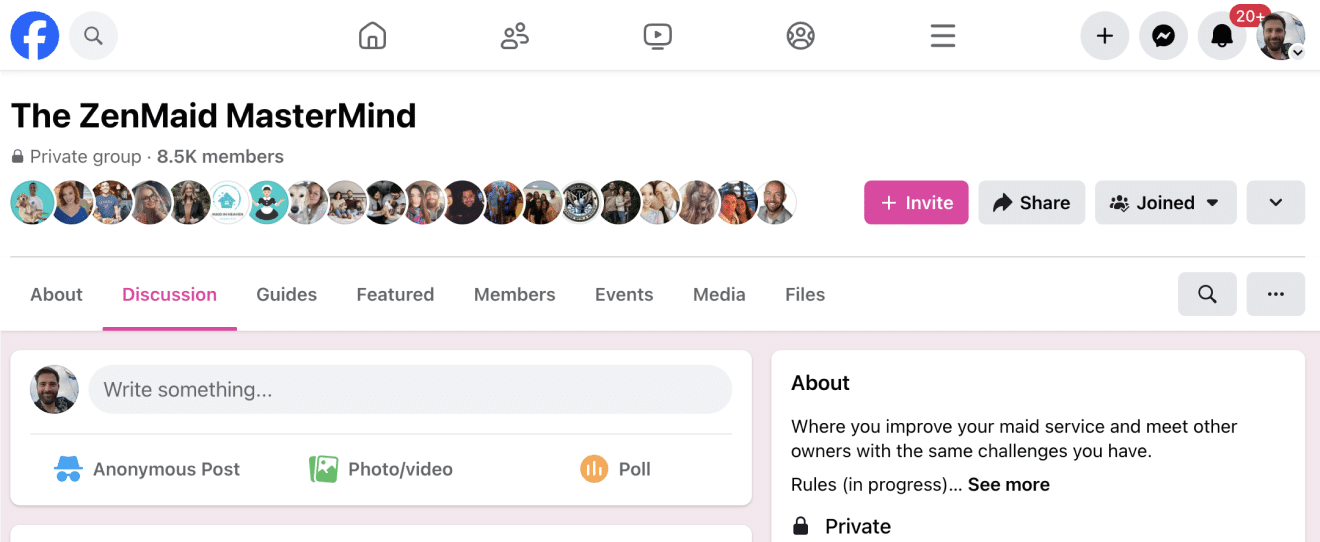Your cleaning business depends on five-star ratings from your clients. That means you need to provide them with quality cleans every time. We’re talking about the kind of cleans that truly deserve a good review.
How do you do that? It starts with training your cleaning staff properly. You need to ensure that they know exactly what’s expected of them. The easiest way to do that is by outlining a training program they can follow.
Essentially, you need to feel confident that you can provide first-class maid training that works, even for someone who’s never cleaned before.
Cleaning industry expert Joanna Douglas gave a presentation at ZenMaid’s 2019 Maid Summit explaining how she was able to break from the daily grind of her maid service business by systemizing her cleaner onboarding and training program.
We’ve unpacked the key points from Joanna’s talk in this post, so that you too can spend less time taking care of your business and more time enjoying life. If that sounds appealing to you, keep reading.
Table of contents
Hiring and training new cleaning staff at your maid service
Hiring and training new cleaners can be a difficult task if you’re not into it.
There are many things that you have to look out for when you are bringing on a new cleaning hire to your maid service.
You could have an ideal applicant with many great skills: attendance, diligence, speed, thoughtfulness, etc.
However, this doesn’t mean that they will perform cleaning duties in exactly the way you want them to at your home cleaning business.
There should be a standard set for how to clean in order to properly grow your home cleaning business. This is why it is important to train new cleaners to this standard – even if they have a decade’s worth of experience in the cleaning field.
It helps for cleaners to understand what is expected in order to prevent miscommunication and frustration, as well as to create a situation where no matter which cleaner you send, they’ll provide the same result every time.
Make your maid training program easy to follow
When it comes to your cleaning company’s training program, be sure to write it out. Write it simply and illustrate step-by-step processes, so that it is spelled out for each cleaner in the same way.
This may seem a bit silly (to you and to the cleaner) at first, but just because you think everyone knows how to do a specific cleaning task, doesn’t mean that they’ll do it the way you would prefer.
Having a standard helps for your maid service to appear uniformed and consistent, making your entire operation more trustworthy in the cleaning clients’ eyes.
Your system for cleaning protocol should be written on a document that is no more than one page long, in order to keep from overwhelming cleaners or yourself with details. It is important to have this for cleaners and staff so that they can refer to it if there is a question or if they simply forget a step.
With your typed-out document detailing your system and defining the quality you expect, you should be able to get the same result when you send in any cleaner into any home.
Organizing your company’s cleaning training
A training management system is essential.
Break your training process down into sections and separate those into separate days, so as not to overwhelm your newly hired cleaner right away.
Here is an example of how you can break it down:
- 1st day – Teach the new cleaner how to take care of cobwebs, the kitchen, and bathrooms in homes. Each company might have a different method for completing these tasks.
- 2nd day – Cleaners should practice completing a kitchen with efficiency, speed, and quality. Kitchens can be complicated and dirty, so allow more time in the training to focus on them.
- 3rd day – You can train your cleaners to dust and spot clean on this day. Focus on what you use and your methods of getting things taken care of without streaks or damage.
- 4th day – Vacuuming and mopping can be trained on this day. They are commonly done by many people, so it is not the most urgent, but it still needs to be focused on.
- 5th day – On this day, have trainees complete a full home cleaning on their own, with a training manager watching intently, of course. This will allow the trainer to see how your new cleaner is absorbing the training and be there to stop any bad habits or correct any errors in the process.
- 6th day – At this point, a trainer can demo the entire process again, so that your new hire can see it done correctly once more. It helps with the learning process to see things done several times in order to allow it to ingrain into memory.
On the 7th, 8th, 9th, and 10th days the new cleaner works solo with a trainer to check their work, and to make sure that the cleaner is fast and keeps up with quality at the highest level.
Of course, these can be adjusted if you prefer to train on dusting first, or in any other order – as long as they are all covered.
Provide a quiz at the end of each day in order to be sure that your new cleaner is absorbing the information provided. This doesn’t have to be an intense quiz, even something short created in Typeform can refresh them on the day’s work.

Presenting your cleaning service training to new team members
To ensure you have everything you need in the training program, think about everything you do from top to bottom.
Start with all of the cleaning supplies you use and annotate them in a list. This will allow you to see it all written down and it will make it more obvious for you to detail how you work within your notes.
Next, create a list of the equipment you use to clean homes, so that you can be sure to train new hires on the operation of each piece.
Following your basic listing of steps, develop another list for how your cleaners will start their day, so that they have a full layout of what to expect.
Consider the following questions when creating your program:
- Do they start the day by going to the office or straight to a home?
- How do they clock in?
- Where should they park?
- What is most important for your cleaners to know about the way you prefer your cleaning operation to be performed?
- Where do they check if they have a question?
- Are there options for assistance before they contact you?
- What is your order of operations for a home clean?
- What do they do between jobs?
Address each of these questions (as well as the basics) in the daily training program, so that you are able to cover everything within the first two weeks after a cleaner is hired.
Systems are the key to your cleaning training success
Be sure to define the quality you expect and spell it out so that you end up training cleaners the exact same way.
Define time expectations as well, so that cleaners can get used to being timed and be able to improve their times when needed. But don’t rush them or have crazy fast times they need to meet.
After all, you still want the quality to be there. Plus, expectations should be realistic so that they don’t feel too pressured and quit.
Offer a 30-day grace period and encourage cleaners to time themselves too, so that they can become familiar with the process.
Additionally, pay attention to key performance indicators (KPIs), which in this case are the quality scores of trainees.
Get feedback after every job from the cleaning client.
If you haven’t heard from them, send in your VA to get feedback.
Stay up to date on your processes and review them periodically. This is such an important system to create, because it allows so much freedom from your business.
With a standard training program in place, you can grow your maid service while traveling, spending time with family, and generally living your dreams while helping others to live theirs as well.
This talk first aired at the 2019 Maid Service Success Summit. The Maid Summit is an annual online event that brings together the most successful leaders in the cleaning industry, like Debbie Sardone, Angela Brown, Courtney Wisely, Amy Caris, Chris Schwab and more. Get free access to masterclasses and workshops that will help you to grow, scale and automate your cleaning business so you can get more leads, create more profit. Make sure you’re on our email list to find out how to get free tickets to the next event.
If you enjoyed this article, you may also enjoy:
- Stop Overpaying: How to Save $10K+ a Year in Your Cleaning Business
- How One Cleaning Tech Employee Becomes Irreplaceable
- What I Wish I Had in Place *Before* My First Nightmare Client
- The Divorced, Broke, and Fearless Journey to Six-Figure Vacation Rental Success
- How a 20-Year Cleaning Business *Drastically* Increased Revenue by Ditching Pen and Paper

 Frustrated with your scheduling? Try the easiest-to-use calendar app, made by and for maid service owners.
Frustrated with your scheduling? Try the easiest-to-use calendar app, made by and for maid service owners.









